20 Predictions in Medicine And Healthcare for 2014: From DIY Biotech to Mind-Controlled Exoskeletons

1) Google Glass to be used in everyday healthcare: Google Glass has shown its potentials as demonstrated by forward-thinking medical professionals such as Lucien Engelen, Christian Assad and Rafael Grossmann, even the first clinical study came out focusing on the use of Glass in the clinic in 2013. Prepare to see the first real practical examples in 2014.
2) IBM Watson’s first commercial use by hospitals: IBM’s supercomputer has been tested by US clinics for months and it has proven its validity and value in medical decision-making processes. The first hospitals that make their doctors understand that Watson does not replace them, instead, it assists them, will buy the service in 2014.
3) Direct-to-consumer genomics to get new rules: The recent story about the FDA and 23andMe demonstrated how insufficient the regulation around DTC genomic testing is, therefore it is time to come up with standards that only the best services can achieve. By standard I mean the FDA should make sure only companies with deep scientific knowledge and expertise get the permission to perform genomic analysis online. Now it’s certainly not the case.
4) 3D printing artificial limbs and biomaterials goes mainstream: We have already seen some great examples when artificial limbs and different types of biomaterials such as kidney or heart tissues were printed out in 3D but in 2014 this industry becomes mainstream with the first home 3D printers in the market.
5) The healthcare experience will be brought to the home: See the recently published “doctor chair” that can measure a user’s blood pressure, pulse, temperature, body motion, and other vital signs just by having the user sit in the chair as an example and expect more similar solutions which will, by time, make hospitals almost useless as we will measure everything about ourselves at home.
6) LEGO Mindstorms to be applied for DIY biotech: The amazing concept behind LEGO Mindstorms that teach you how to build an actual robot at home could be applied to the biotech industry with people growing cells and performing even simpler biotech tasks at home resulting in a new generation of scientists.
7) Home diagnostics to be the key trend: Not only Scanadu will ship the first prototypes early 2014, but other similar devices with which patients can measure simple health parameters at home will become available.
8) Wearable MRI technology: What if we could use radiology imaging without those huge machines? A Swiss group has been working on a wearable magnetic resonance imaging (MRI) detector and sensor arrays. It would vanish long waiting lists and allow medical professionals to literally see through the patient in emergency situations.
9) Optogenetics to be featured at major scientific journals: I’ve been following the latest developments related to optogenetics and I was amazed when scientists were able to create false memories in the hippocampus of mice which was the first time fear memory was generated via artificial means. We might see even more studies that will put its potential implications on display.
10) Bigger role of MOOCs as medical schools change approach about digital literacy: By the time the majority of medical schools worldwide realize the potential and importance of teaching digital literacy for future medical professionals, we will need more and more massive open online courses such as The Social MEDia Course to serve their needs and train a new generation of doctors.
11) More connected digital healthcare devices and services: This should be one of the key trends this year as for the last years, we have been seeing plenty of great solutions either as medical devices or unique online services, but the connectivity has been a major issue. John Nosta featured the imperative of connectivity in his recent Forbes column.
12) The first steps of Google Calico to be public: When Larry Page announced the launch ofCalico, their new venture focusing on reversing and stopping the process of aging and related diseases, nobody knew what to expect. They will announce the first steps in 2014 led by the former CEO of life sciences giant Genentech and a chairman at Apple.
13) EEG controlled devices to appear: There have been little games available on Amazon which let you control a ball with your “mind”, but what about those devices that really use your thoughts to control things? I’ve used myself a wheelchair which was controlled by thoughts and will meet soon the team behind SynetIQ, a platform for neuromarketing.
14) Exoskeletons will be featured worldwide: We have been talking about the potential use of exoskeletons for disabled people but this year the technology will become available for the masses. Also related to the EEG controlled devices, a mind-controlled exoskeleton will kick off the 2014 football World Cup watched by billions of people.
15) First really useful food scanners to be released: While there are thousands of wearable devices and smartphone apps focusing on fitness, what about a healthy diet? Using a simple meal diary makes no significant change in a lifestyle. The device of a Toronto-based company, Tellspec, detects allergens, chemicals and nutrients in your food. We could also link such data to our own genomic background to make the truly best diet choices.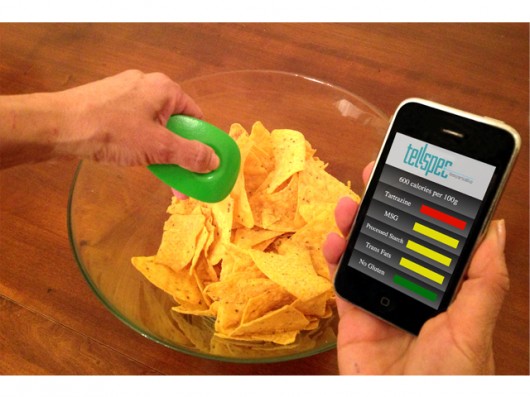

16) Gamifying the healthy lifestyle: HapiFork measures whether you eat properly, a smart bra spots cancer in time; FitBit, Shine and hundreds of wearable devices were meant to help us live a healthy life by measuring our health parameters/lifestyle and gamifying the steps required for making positive changes.
17) Finally remote touch and simpler data input become possible: The technology behind designing touchscreens that can work on any surfaces has made crucial steps in the past 2 years therefore it’s time to make simple data input possible. Omnitouch seems to be a valid player in this area.
18) Nanotechnology to be included in the medical curriculum: For years, nanotechnology has presented the potentials of using nanotech devices in treating diseases, but as bombing cancer cells and using less invasive diagnostics became possible in 2013, we can expect to see nanotech-based clinical trials soon which also means we must teach students about such solutions..
19) Decision on newborn genome sequencing to be made: Although the recent FDA vs 23andme debate prolonged this, certain countries (mainly in Asia) might start providing newborn babies with their own genome sequences at birth. The decline of the cost of sequencing and the rise of genome centers in Chine could be the key factors in this.
20) First results of Ray Kurzweil’s work at Google to be revealed: One of the most exciting collaborations of recent years is Google hiring Kurzweil to create the first artificial intelligence brain. While no details about his actual work have been released so far, 2014 could be the year when they present at least a roadmap, if not real results.
Share this:

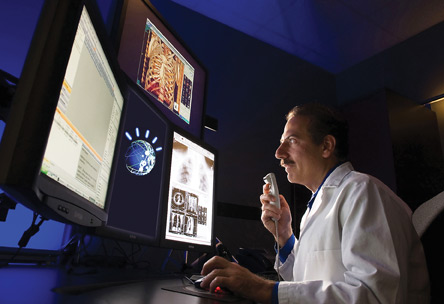
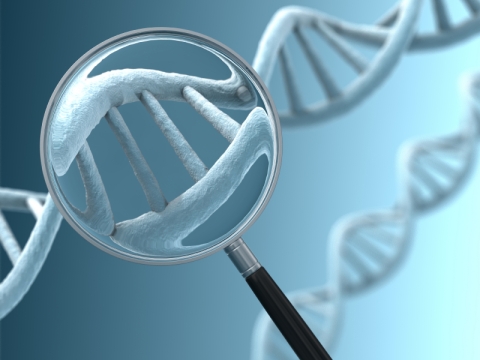
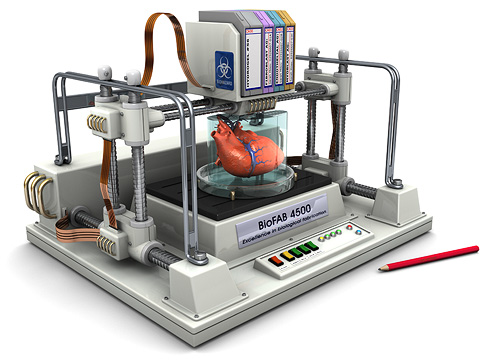
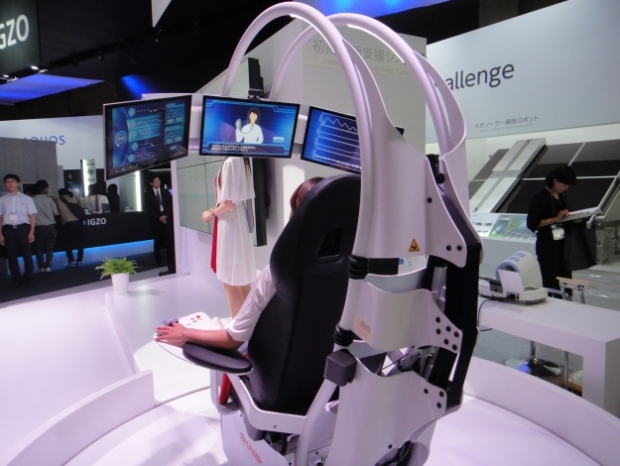
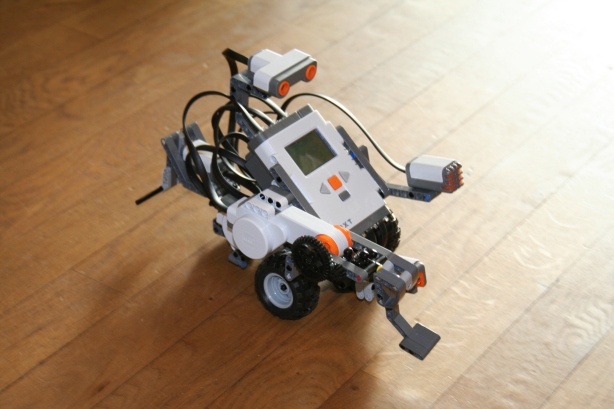
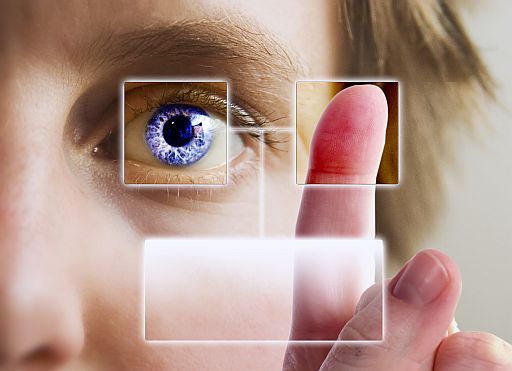
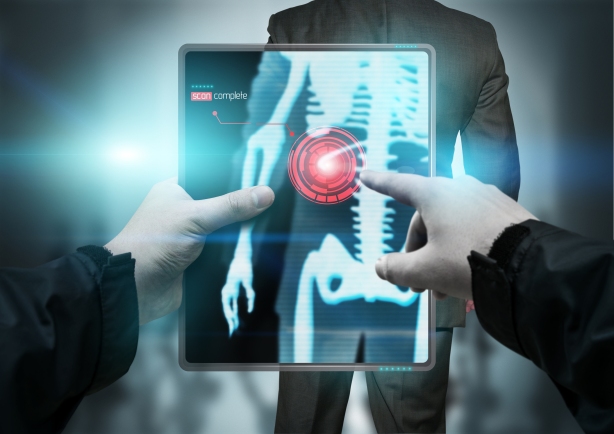
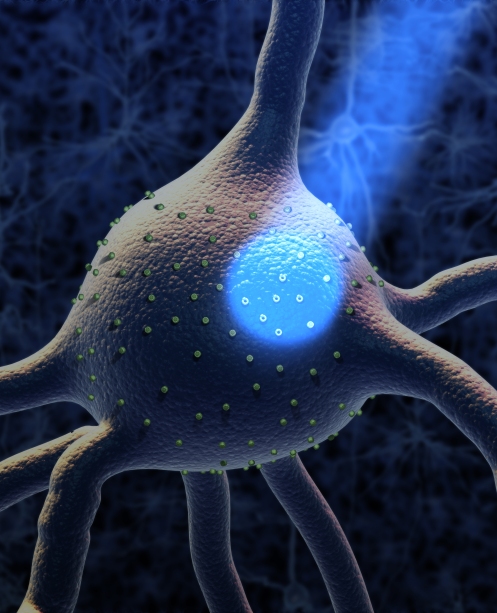

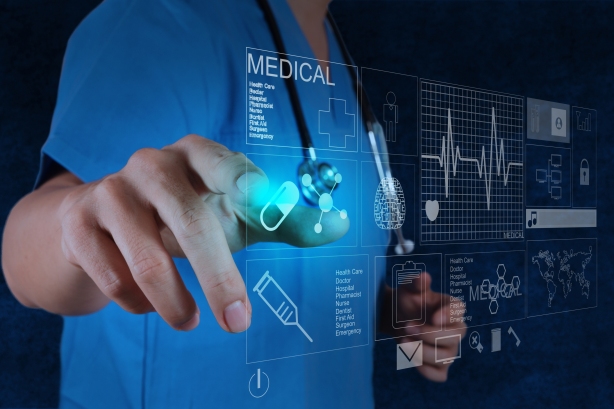

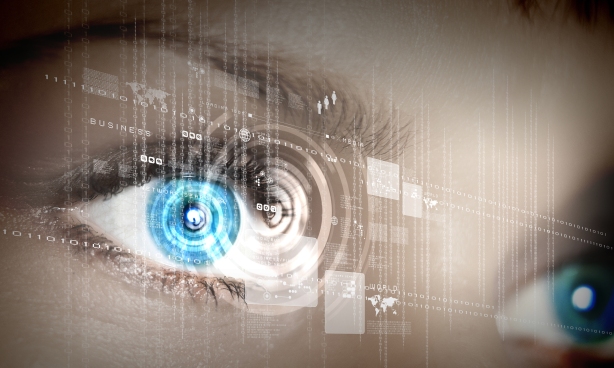
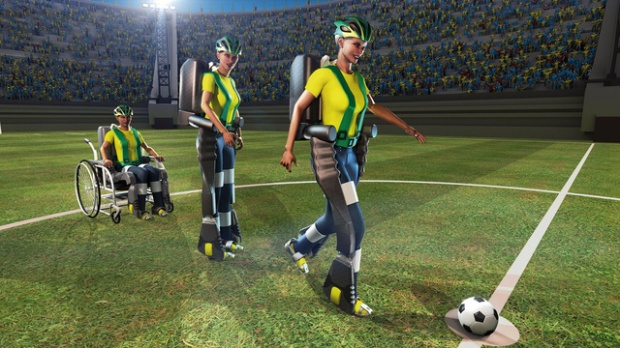
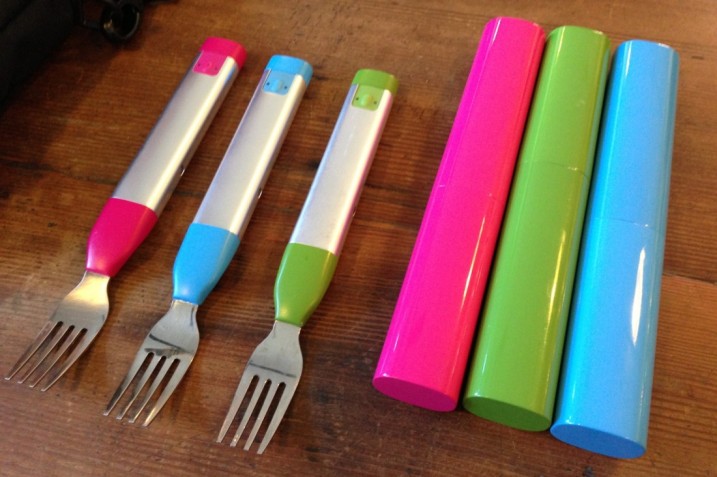
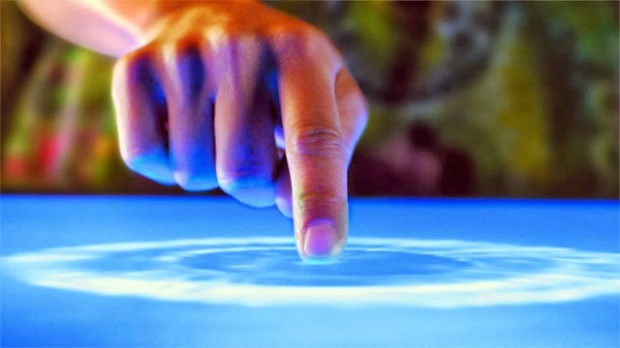
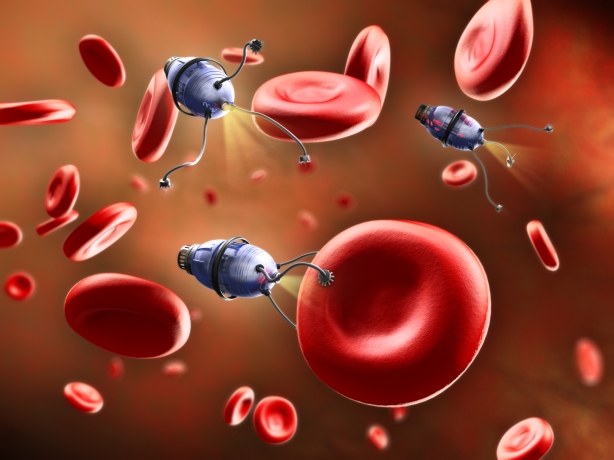
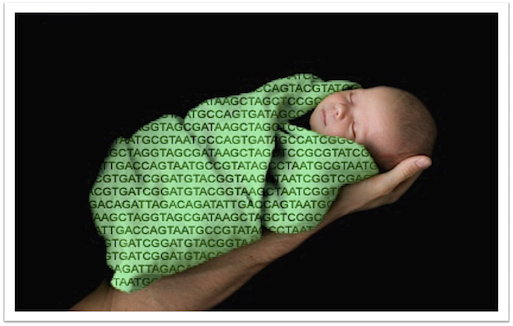

No comments:
Post a Comment